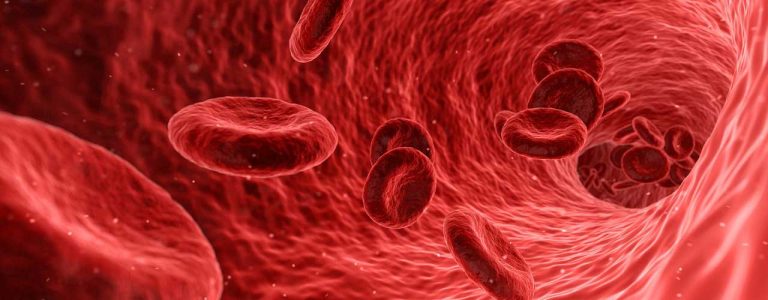Substance use disorders (SUDs) are physical conditions that often have little to do with substance use itself. At its heart, alcohol addiction doesn’t usually stem from an all-consuming love of drinking; it is much more likely to come from needs that are not being met, traumas that are being repressed, or other emotional or mental challenges that brought to life a coping mechanism, which in turn became a physical dependence.
It shouldn’t come as a surprise then that many people who are addicted to one substance are at increased risk of developing another addiction. Drug addiction is like a bad medical treatment that only addresses the symptoms of an underlying problem without ever getting to the root of the issue. It’s no wonder, then, that so many people suffering from SUDs start to seek out additional treatments. Alcohol, illicit, and prescription drug use can mount up and turn into dangerous polysubstance dependence.
According to one older but comprehensive study from 2007, polydrug users make up nearly 50% of all people admitted for addiction treatment in the US. They found that of 69,891 patients studied over seven years:
- 30% reported use of two substances
- 15% reported use of three substances
- 4% abused four or more substances
Pathways to Multiple Drug Addictions
Cross-sensitization is a phenomenon that can jumpstart the process of addiction to multiple substances. In layman’s terms, this describes what is going on when addiction to one type of substance starts to bring about brain changes, building tolerance and dependence in a user. When the individual uses another drug that produces similar effects in the brain, more of the second drug is needed to feel high or intoxicated. This means you are starting to use a second drug halfway down the road to physical addiction already.
At the same time, there are many drug combinations that are used to cancel each other out. Many people experiment with mixing drugs like depressants and stimulants together or in fast succession because it feels as though the high of one can cancel out the unwanted side effects of the other. Alcohol, marijuana, and cocaine are the drugs most frequently taken together because of how these substances interact with each other in combination.
Polydrug Use: Amplifying the Side Effects
One addiction can be devastating enough, but two is even worse. The exact details of the side effects of long-term drug use of any kind are, of course, dependent on the substance of choice. However, juggling multiple addictions can hasten and worsen the onset of dangerous side effects and up your chances in the Russian roulette match of overdose.
For example, a person may suffer from both cocaine and alcohol addiction and feel compelled to take a lot of both substances. These two substances interact with each other in ways that make the user feel it is possible to take more, but in fact, the negative side effects are already wreaking havoc on their body. It is far easier to take too much in this situation and either overdose or make poor decisions like getting in a car wrongly thinking you’re alert enough to drive.
Quitting Multiple Drugs: Treatment Options
It doesn’t matter how many addictions you or your loved one is fighting; sobriety is always possible. People suffering from more than one substance use disorder can enroll in a drug and alcohol treatment center to greatly increase their chances of recovery. Some rehabs have treatment programs that focus on caring for people with multiple addictions, and nearly every treatment center offers specialized care adapted to your personal needs.
Read more: Detox Orange County
Inpatient care with a medical team that can provide medically-assisted detox is often necessary for people with polysubstance dependence. Withdrawal symptoms from physical dependence on one substance can be risky, and withdrawal from two is far safer in a monitored and supportive environment.
As mentioned above, polydrug use is often a coping mechanism driven by a deeper root issue. Treatment for multiple SUDs will take a variety of therapies to start to build up the emotional toolkit needed to handle addiction triggers in life after therapy.
Cognitive-behavioral therapy is a gold standard in building the skills for long-term sobriety, and people see great success when combined with group talking therapy, experiential therapies, addiction education, and involved aftercare.
No addiction is hopeless. If you or a loved one is struggling with multiple substances, contact a treatment provider today. They will walk you through the options that will work best for you or your loved one’s situation.






